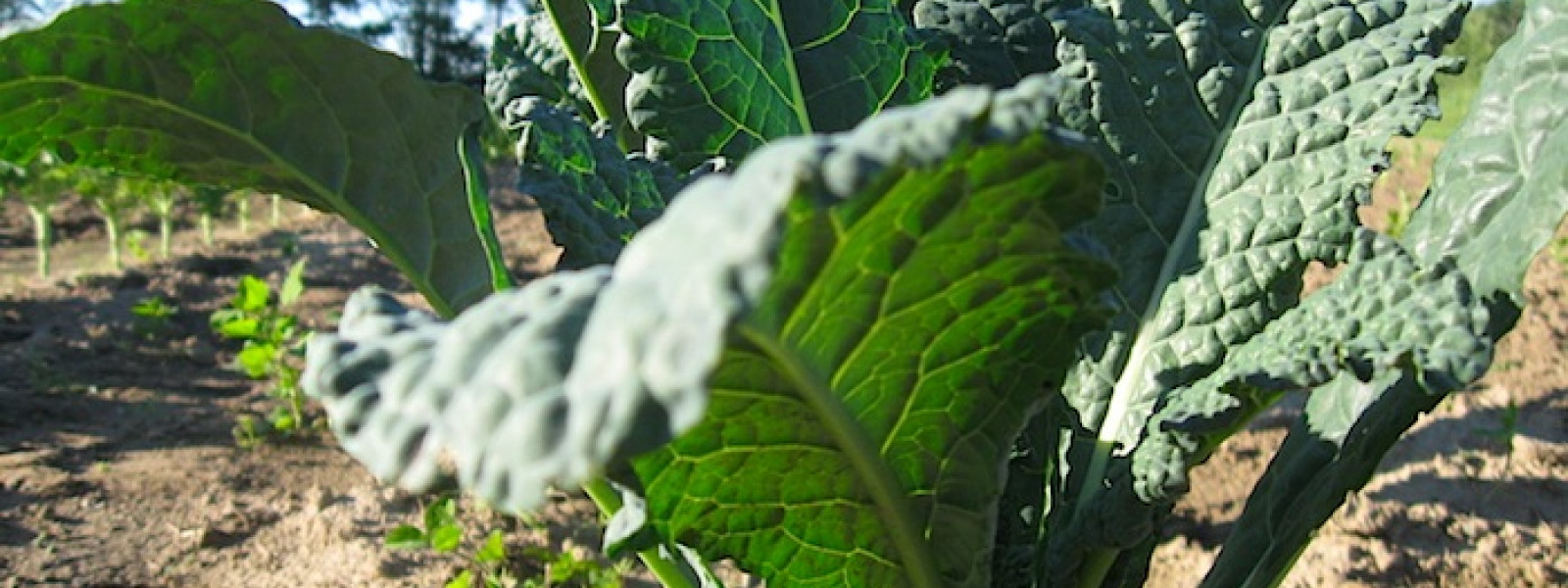Kale: All About It
Kale is one of the healthiest veggies you can eat. It is low in calories, high in fiber, and has no fat. It is very high in iron (more than beef!) and loaded with nutrients, including vitamins A, C, K and calcium.
Kale, sometimes referred to as “leaf cabbage”, is a cultivar of cabbage (Brassica oleracea). It was grown by ancient Greeks and Romans and is consumed around the globe.
Its leaves can be curly, bumpy, or frilly, and range in color from light green, to dark green, to purple and red. Most kale is grown as an annual and some varieties are grown as ornamental plants.
CULINARY TIPS
Kale should be washed well and the tough center stem removed before preparing. Raw kale is delicious and nutritious but for some, it is too bitter and tough to eat raw. Kale can be steamed, sautéed, or roasted to make kale chips. Massaging raw kale with a bit of oil and salt tenderizes it considerably.
HOW TO STORE IT
Kale can be kept refrigerated in your crisper drawer for several weeks. Store it unwashed in a perforated plastic bag. If it gets a bit wilted, soak it in a bowl of cold water. It will perk right up after 15-20 minutes.
3 WAYS TO PREPARE IT
- Eat it as a snack. Wash, remove center rib, and tear into large pieces. Heat oven to 350. Toss 1 bunch kale with a tablespoon of olive oil, season with salt, and roast for 15-20 min, tossing once or twice. Try seasoning with curry powder, or za’atar!
- Eat it raw in a salad. Try different varieties to see which you like best.
- Sauté a bunch of chopped kale in olive oil with some shallots, garlic, and red pepper flakes until the kale is tender, 3-5 min. Meanwhile, boil one pound of your favorite pasta. When the pasta is al dente, drain it, saving ½ cup of the boiling water. Add the cooked pasta and reserved water to the pan with the kale, stir well and season to taste with additional salt and a squeeze of lemon. Crumble in some goat cheese just before serving!

